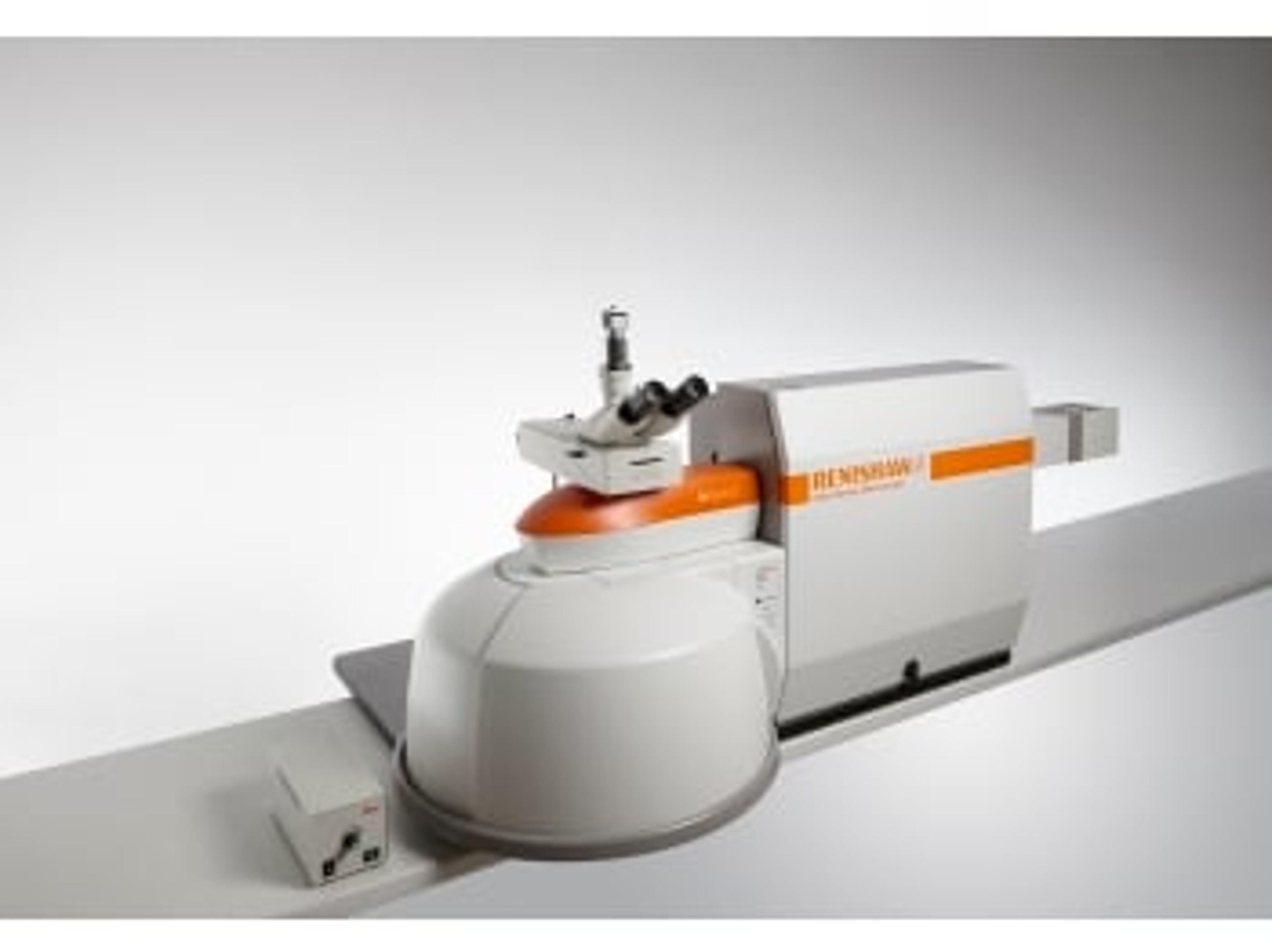Renishaw launches raman system for forensic analysis
The latest inVia InSpect confocal microscope has been optimized for forensic trace analysis and promises greater capabilities
11 May 2020
Renishaw has announced the launch of the inVia™ InSpect, a new version of its bestselling inVia confocal Raman microscope, optimised for use in forensic laboratories for trace evidence analysis.
Forensic science covers many disciplines because evidence can take many different forms. This means the typical forensic laboratory is home to a range of analytical systems. Renishaw has designed the inVia InSpect Raman microscope to complement these technologies. It can be used in isolation to analyse samples that cannot be examined fully using other techniques, and it can also be used with them to obtain more detailed chemical information.
Why use the inVia InSpect?
The inVia InSpect can identify materials that may be difficult or time consuming to prepare. For example, hard crystalline powders, ceramic shards and glass chips can all be easily analysed with virtually no preparation required. InSpect also offers a powerful confocal Raman capability, providing pinpoint analysis whilst minimising interference from surrounding adjacent materials – vital for analysing complex structures containing layers, voids or inclusions.
Dr Chris Dyer, Product Manager for Chemical and Forensic Sciences at Renishaw plc, said “We have spoken to staff at forensics laboratories worldwide and identified a need for a highly sensitive Raman microscope that can process samples that are currently not compatible with more commonly used microscopy systems…
“Renishaw’s inVia Raman microscope is one of the best on the market, renowned for its sensitivity and overall efficiency. We have honed it and added features to optimise it for use in the majority of forensic laboratories. Users will be able to process more samples, more rapidly; even those which are usually difficult or time consuming to analyse. Furthermore, samples will retain their integrity as minimal preparation is required. And users who are unfamiliar with Raman will find the InSpect simple to learn and easy to use.”
Features
The inVia InSpect comes equipped as standard with features that are essential for effective forensic analysis in the routine laboratory:
- Highly automated data collection and analysis – saving time and increasing throughput of samples
- A range of microscope contrast techniques, including bright field, dark field and polarisation contrast
- High-performance video camera and long working distance objectives – to confidently locate areas of interest even on complex substrates
- Fully-integrated confocal capability – choose the optimum confocal settings for different situations, to precisely define the analysed region
- Powerful chemical image creation – use fully-integrated mapping techniques to reveal the distribution of components within a sample
- Particle analysis – use advanced image recognition algorithms and instrument control features to characterise particle distributions
- Correlative imaging – bring data from other microscopy techniques together with Raman analysis and create composite images rich with information
- Dual laser wavelengths – choose the wavelength which gives the best Raman data for different sample types, without needing to change optics or gratings.
- Automated calibration and alignment – easy to operate, and easy to optimise
Why use Raman for forensics?
Raman spectroscopy is a non-contact, typically non-destructive analytical technique, meaning that samples can be reanalysed multiple times without damage or contamination. There is typically very little preparation needed. Raman spectroscopy also works through transparent containers and in solution, so samples that are potentially dangerous or require special handling can be safely examined.
Do you use Renishaw products in your lab? Write a review today for your chance to win $400 Amazon gift card>>

